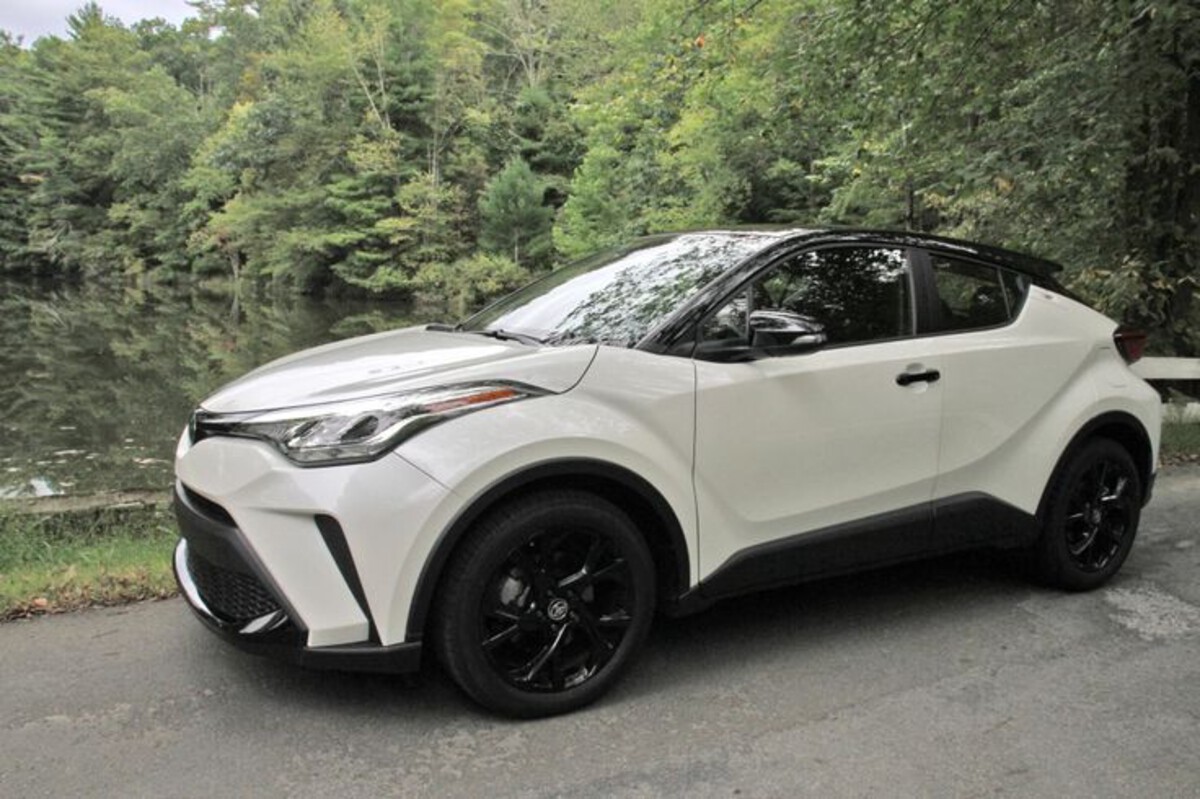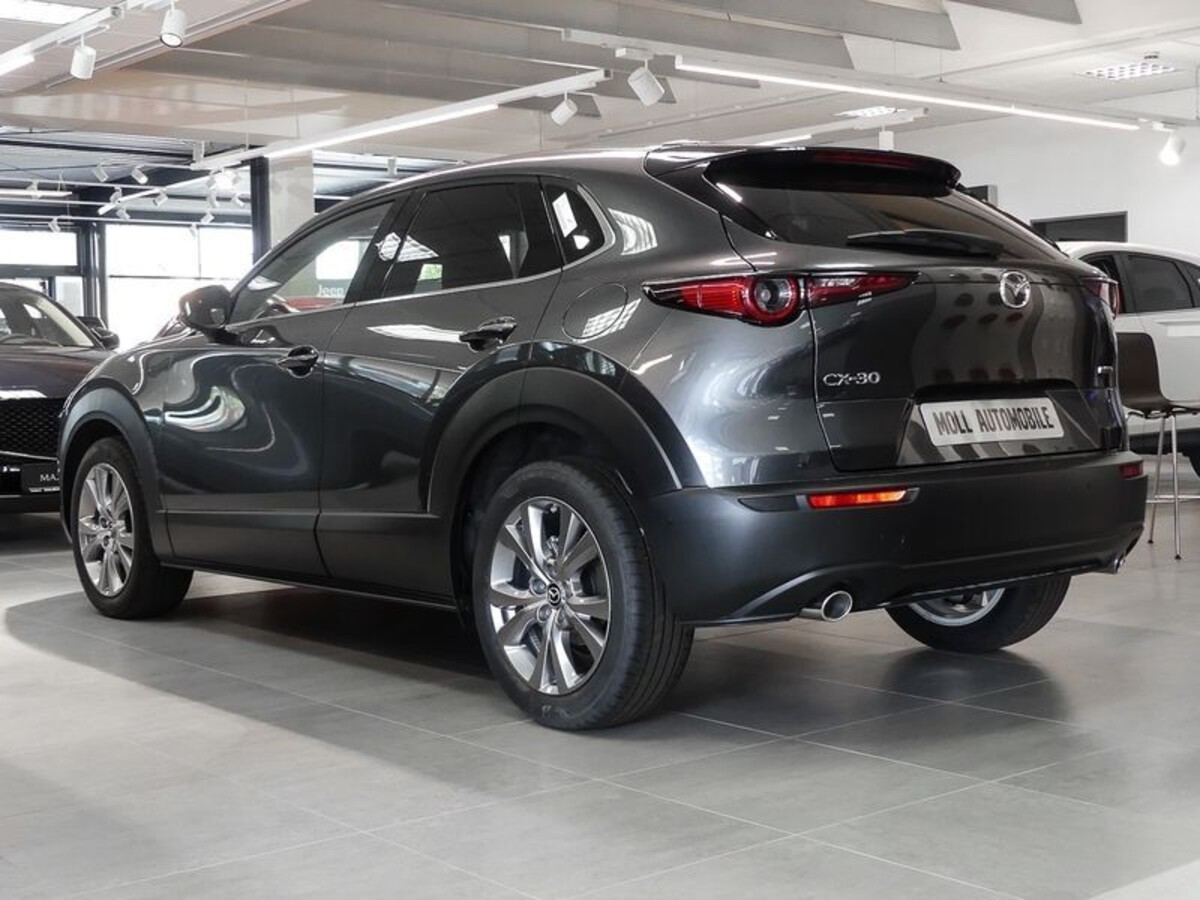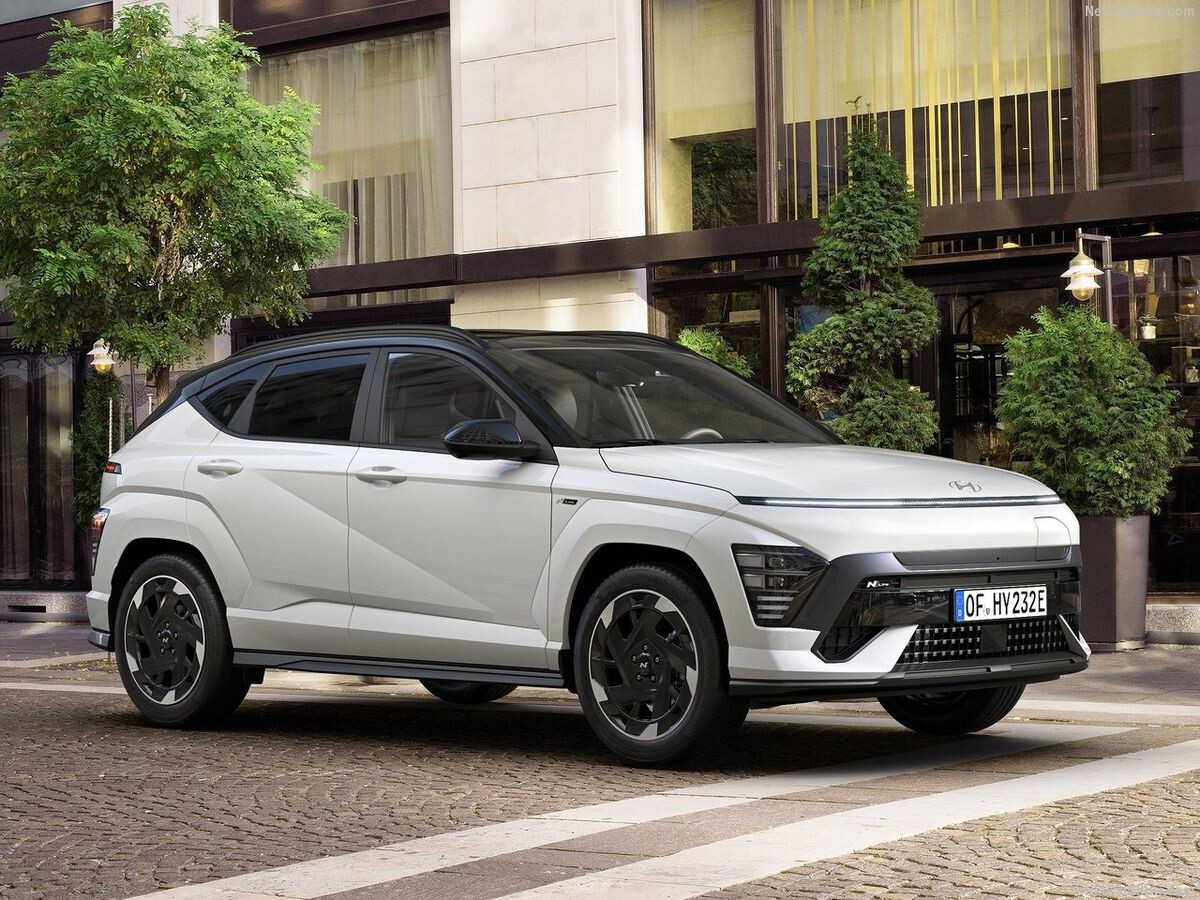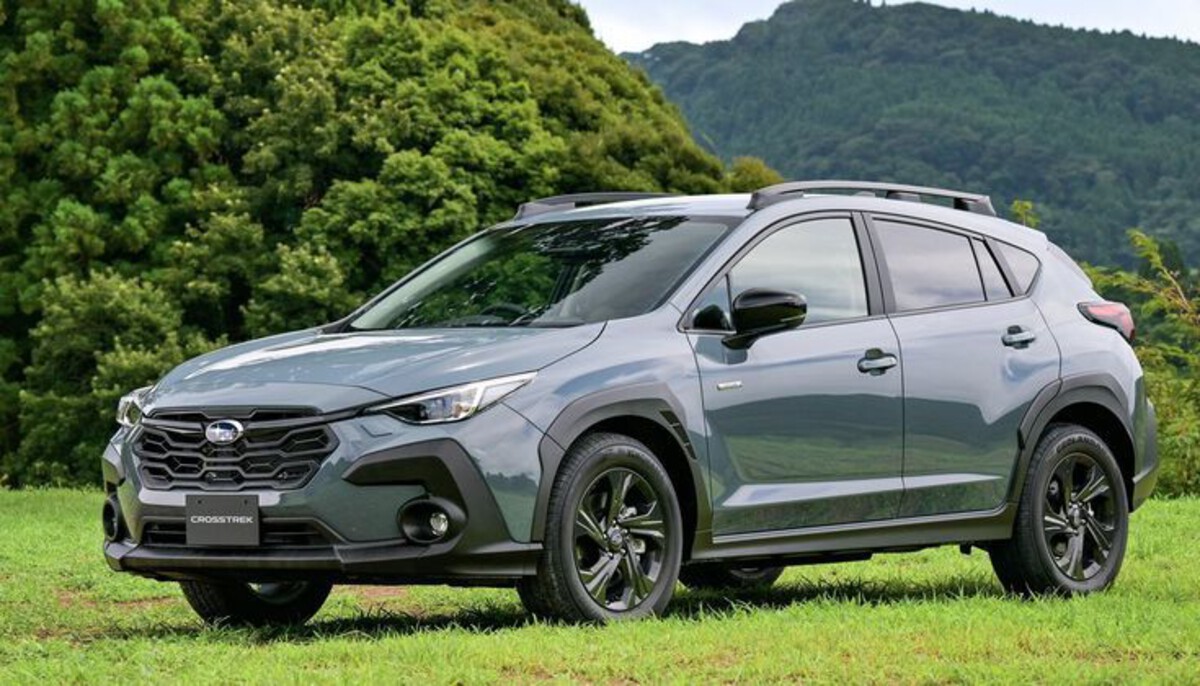When it comes to evaluating a car’s interior comfort, most people focus on the front seats. After all, that’s where the driver and front passenger spend their time.
But rear-seat passengers deserve comfort too, especially in an era when backseats are increasingly used for long commutes, road trips, and even chauffeur-driven rides.
Unfortunately, not all car manufacturers seem to prioritize the back seat experience. A recurring complaint among car reviewers and owners alike is overly upright rear seatbacks that compromise passenger comfort.
A steep rear seat angle might save space or look better in terms of design, but it can result in a rigid, uninviting posture for passengers. For short rides, it may not be a big deal.
But during longer trips, these angles can lead to stiff necks, sore backs, and general discomfort. Whether it’s due to a sloping roofline, a compact design, or just plain bad engineering decisions, some cars simply don’t get it right.
We’ve pulled together a list of eight cars that consistently get flagged for this issue. If you care about rear seat comfort—whether you’re hauling kids, coworkers, or in-laws—these are models you might want to think twice about.
1. Toyota C-HR
Toyota’s C-HR looks great from the outside—futuristic styling, coupe-like roofline, and a sporty vibe that stands out in the compact crossover segment. But once you climb into the back seat, the appeal fades quickly.
One of the biggest complaints is the steep angle of the rear seatback, which forces passengers into a nearly upright posture that feels more punishment than pleasure.

The sloping roofline, while stylish, limits headroom and further compounds the discomfort. Legroom is also not particularly generous, so taller passengers end up squeezed from both ends. The combination of limited cushioning, minimal recline, and tight space makes the C-HR’s back seats some of the least comfortable in its class.
This design might work for quick city commutes or short rides across town, but for longer journeys, rear passengers are bound to start fidgeting.
There’s no option to adjust the seat angle or recline, which makes the issue even more annoying. If you’re someone who frequently drives with adults or growing teens in the back, the C-HR’s rear seating situation could be a deal-breaker.
2. Jeep Wrangler Unlimited
The Jeep Wrangler Unlimited is iconic—rugged, adventurous, and unapologetically old-school. It’s built for off-roading, not plush comfort.
So it’s no surprise that its rear seat angle is on the stiffer side. What’s surprising is just how upright the rear seatback is, especially for a vehicle that’s often used for long weekend getaways or group road trips.

The boxy design and removable roof and doors are part of the Wrangler’s charm, but they also limit the interior design flexibility.
Jeep clearly prioritized utility and durability over ergonomics here. Rear passengers end up sitting almost bolt upright, and the cushioning doesn’t help soften the experience.
On short off-road drives, this might not be a big deal. But on highways or multi-hour trips, it becomes a serious comfort issue. Kids can usually cope better, but adults tend to grumble. The lack of rear seat adjustability just adds insult to injury.
For a vehicle that can cost north of $40,000, you’d expect better rear-seat treatment. Unless your backseat passengers are die-hard adventurers or unusually flexible, the Wrangler Unlimited’s uncomfortable rear seats could be a major turn-off.
ALSO READ: 10 Cars With Factory Cargo Nets That Actually Work
3. Tesla Model Y
Tesla’s Model Y is a tech-laden, all-electric crossover that’s become wildly popular among EV buyers. It boasts impressive range, strong performance, and sleek styling. But one area where it drops the ball is rear seat comfort—specifically the seat angle.

The Model Y’s rear seatbacks are noticeably upright, and there’s limited recline adjustment. This design decision might help maximize cargo space or aerodynamics, but it’s a letdown for passengers.
Even though there’s decent legroom and headroom, the angle forces passengers into an awkward sitting position that can feel unnatural after a while.
The flat cushioning doesn’t help, and there’s a lack of thigh support as well. Tesla fans might overlook this flaw due to the car’s many other strengths, but it’s hard to ignore on a long trip. Rear-seat passengers often report soreness and stiffness, particularly if they’re tall.
Ironically, for a car that’s billed as futuristic and user-friendly, the Model Y’s rear seat design feels like a step back. For families or rideshare drivers who regularly have rear-seat occupants, this can be more than just a minor inconvenience.
4. Mazda CX-30
Mazda’s CX-30 earns praise for its upscale interior, responsive handling, and solid build quality. It feels like a premium product in the subcompact SUV space. But climb into the back seat, and the story changes. The rear seatbacks are set at a noticeably upright angle, and there’s no option to recline them.

While the front cabin feels driver-focused and plush, the rear seems like an afterthought. The seats offer limited cushioning, and the upright posture gets uncomfortable fast. The sloping roofline doesn’t help, as it reduces both headroom and the sense of openness.
It’s a shame because Mazda has clearly put effort into the CX-30’s overall design and driving dynamics. Rear-seat passengers, though, might not appreciate those finer points when they’re stuck in an unyielding position. For families or anyone who regularly uses the back seats, this can become a daily annoyance.
If you only occasionally use the rear seats, it might be something you can live with. But if comfort for all passengers is a top priority, the CX-30’s overly upright rear seatbacks should give you pause.
5. BMW X2
The BMW X2 aims to be a sportier, more aggressive alternative to the X1. With its coupe-inspired silhouette and sharp handling, it’s clearly designed with style over substance in mind. That’s all well and good—until you sit in the back.

Rear seat passengers in the X2 face one of the most upright seating positions in the premium compact SUV segment. The steep angle doesn’t do any favors for posture or comfort, and the low roofline only exaggerates the issue. Tall passengers will find their knees awkwardly bent and heads inching toward the ceiling.
Even worse, the rear bench lacks support, making longer trips an endurance test. For a luxury brand, BMW really skimps on rear passenger comfort here. It’s a clear case of form triumphing over function.
Unless your backseat passengers are kids or very short adults, the X2’s rear seating setup is going to get complaints. It’s a car that’s built to impress the driver and front passenger, while leaving everyone else to tough it out. If you need a comfortable rear seat in your luxury crossover, the X2 should probably be crossed off your list.
6. Hyundai Kona
The Hyundai Kona is a funky little crossover with loads of personality, zippy performance, and great tech. But it has a big flaw that’s hard to ignore: the rear seats are upright to the point of being annoying.

In a vehicle that’s otherwise fun and user-friendly, this one comfort misstep stands out. The seatbacks don’t recline, and they’re set at an angle that feels more “airport waiting lounge” than “cozy road trip cruiser.” The cushioning is thin, and taller passengers might find both headroom and legroom lacking.
On short trips, it’s tolerable. But over an hour or two, the lack of rear seat comfort becomes pretty obvious. Hyundai likely sacrificed recline and cushion depth to prioritize cargo space and rear visibility, but the trade-off feels steep.
The Kona has a lot going for it, especially for city dwellers and young drivers. But if you plan to carry passengers in the back regularly, their comfort level might take a back seat—literally. That’s something worth thinking about before pulling the trigger on a Kona.
7. Subaru Crosstrek
The Subaru Crosstrek is a go-to for outdoor enthusiasts, thanks to its all-wheel-drive capability, high ground clearance, and rugged vibe. But while it’s built to tackle trails and snowy roads, it doesn’t exactly pamper rear passengers.

One of the most consistent gripes? The upright rear seat angle. Passengers are positioned too vertically, with minimal recline and flat cushions that don’t provide much support. Combine that with a somewhat firm ride, and long journeys start to feel less adventurous and more punishing.
It’s clear Subaru put most of the emphasis on practicality and off-road capability here. That’s fine for weekend warriors who pack up and head out solo. But for families or friend groups heading out on a long trip, back seat complaints are practically guaranteed.
The Crosstrek is a versatile machine, but rear-seat comfort just isn’t its strong suit. If you plan to use the backseat often—and want your passengers to stay happy—you might want to test it out thoroughly before buying.
ALSO READ: 12 Cars With AC Vents That Don’t Cool the Back Seats Well
8. Mini Countryman
The Mini Countryman is the biggest model in the Mini lineup, meant to provide extra space and practicality while still retaining that quirky, go-kart charm. Unfortunately, that practicality doesn’t quite extend to rear seat comfort.

Despite its larger size, the Countryman’s rear seatbacks are set at an upright angle that limits relaxation. You sit high and upright, with little room to stretch out. It’s not painful per se, but it does feel stiff and restrictive—especially on longer drives.
The cushioning isn’t bad, but the seat design just doesn’t allow for a natural recline. Taller passengers may also find their heads brushing the roof thanks to the boxy proportions. It’s an odd misstep for a car that’s supposed to be family-friendly.
Mini’s charm lies in its playful driving dynamics and clever design, but rear passengers might not be smiling as much as those up front. If you often carry adults or value comfort in every row, the Countryman’s rear seats could leave you second-guessing your decision.
Rear seat comfort isn’t just a luxury—it’s a necessity for many drivers who routinely travel with family, friends, or coworkers. While front seats get all the attention (and features), the back seats are often where compromises show up first.
Upright rear seatbacks may help designers save space or keep a sleek profile, but they often come at the expense of real-world usability.
From subcompact crossovers to luxury SUVs and even electric vehicles, uncomfortable rear seats are more common than you’d expect.
As this list shows, even well-loved models like the Tesla Model Y and Jeep Wrangler Unlimited fall short in this area. And while some of these cars have redeeming qualities—performance, style, tech—the comfort of all passengers should matter.
If you regularly carry people in the back seat, it’s worth paying close attention to this aspect during test drives. Sit back there yourself, check the angle, and see how it feels. Because once the new-car smell fades, you (and your passengers) are going to care a lot more about comfort than contour lines or cool tech.
In short: if your crew isn’t comfy, no one’s happy. So don’t let a cramped, upright rear seat sneak past your radar during the buying process.

